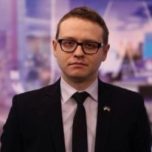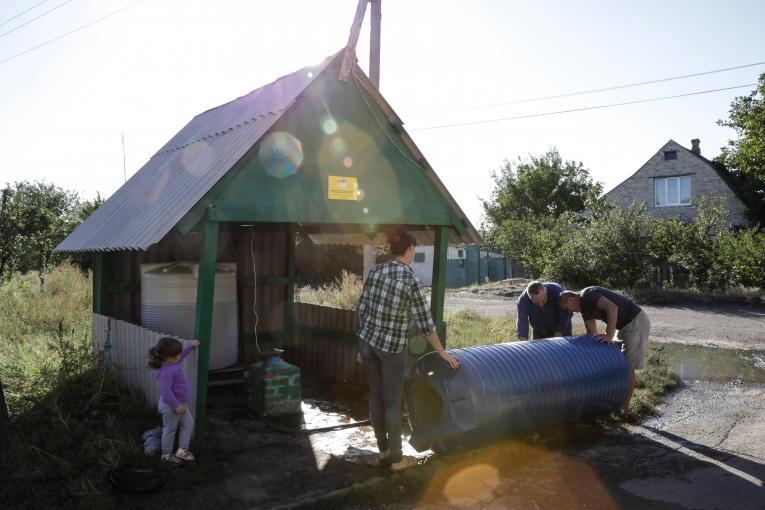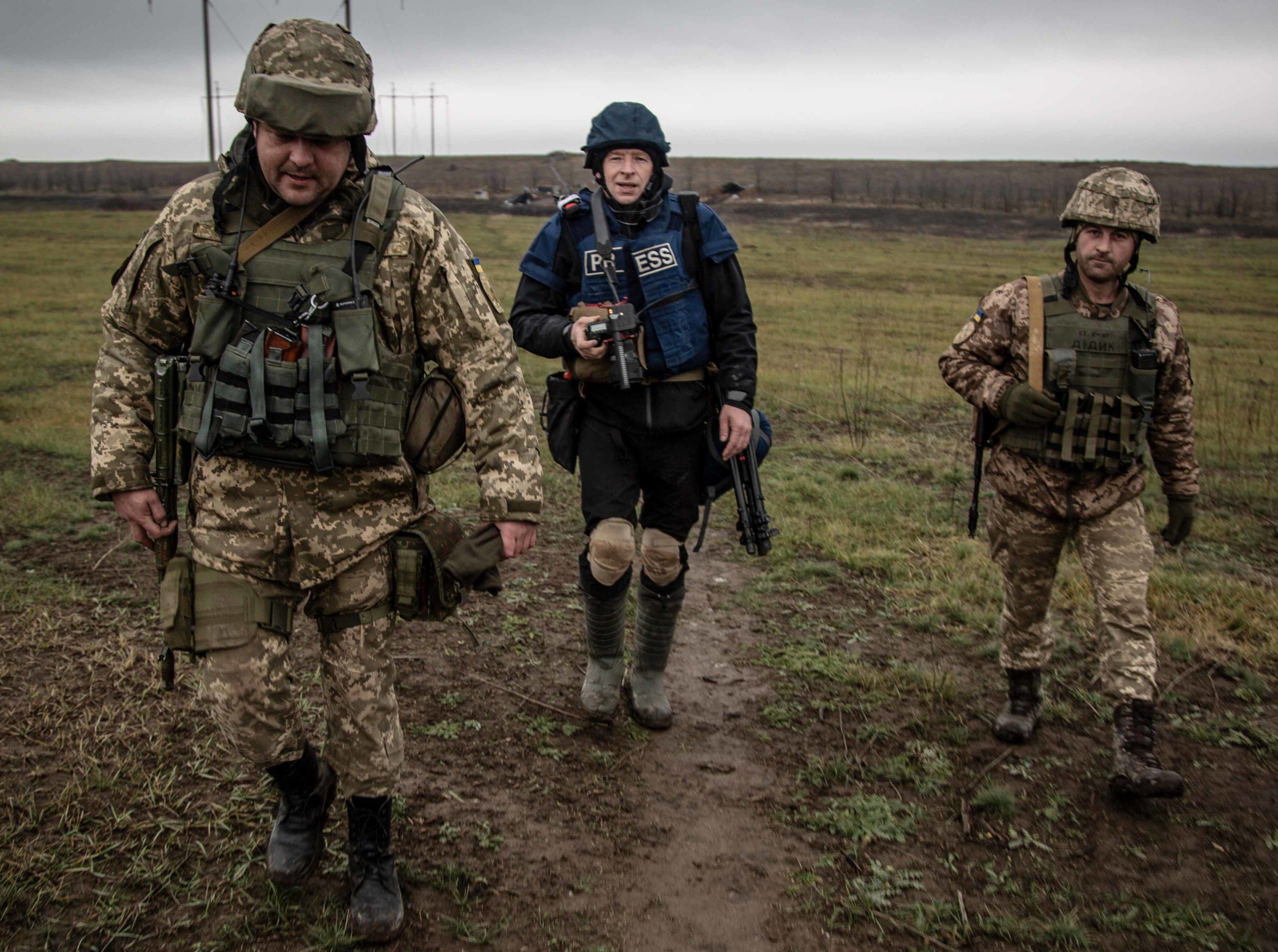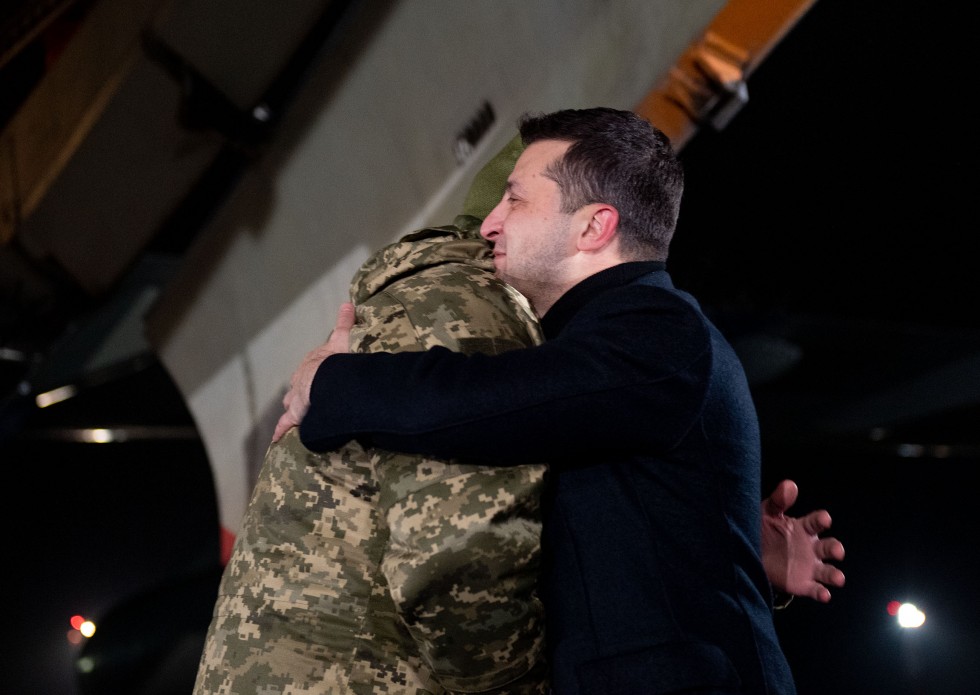So how many Russian troops are on Ukraine's borders?
This war scare commenced with reports in Washington Post and POLITICO which said that equipment of 41st Combined Arms Army (CAA; for one division) moved from the Pogonovo training range (Voronezh region) to the Yelnya training range (Smolensk region). This equipment was brought in the area of the 20th Combined Arms Army in April 2021 amid an earlier war scare. Later Bloomberg reported that some elements of the 1st Guards Tank Army which is located around Moscow were noticed in Russian regions adjacent to Ukraine and might head towards Pogonovo.According to Ukrainian official estimates, Russia now has 114,000 troops near the country's borders – 92,000 Land Forces and 22,000 Navy and Air Forces. Importantly, of this total number 87,000 are permanently concentrated near the Ukrainian border as the result of previous Kremlin decisions in 2015-17 to establish static military infrastructure near Ukraine. That’s why official representatives of Ukraine talk about only 5 additional battalion tactical groups (BTGs): the other 31 battalion tactical groups are permanently present near Ukraine.
114,000 troops are approximately 1/9 of the entire Russian army. which numbers roughly 900,000 troops. The proportion is less rosy if we count forces in BTGs as the smallest combined arms unit capable of independent limited offensive actions. According to Sweden governmental analysts, there are approximately 146 BTGs in the Russian army – so 36 BTGs constitute almost 25% of them. From another perspective, 92,000 Land Force troops constitute approximately 1/3 of all Russian Land Forces, which number roughly 270-280,000.
Moreover, it should be mentioned that in modern warfare, the number of troops involved is not the most decisive factor.
Western statements
Another matter that raises additional concerns are the statements of the US and other Western governments. Especially it’s true with regards to consultations the US government held with its allies within NATO about a possible new Russian attack against Ukraine. If the US government is doing such things, it means that they know something important that we don’t know. Well, the problem is that the US government, as the public statements of Department of Defense spokesperson make clear, have the same conundrum – they see a movement of Russian troops using reconnaissance satellites of different kinds but they don’t know Russian intentions, which makes it impossible to say definitely what Russia is up to. Under such conditions, it’s natural to anticipate that worst fears might materialize. One good excuse for this approach is that it’s the safest way of rebuffing possible criticism should worst fears indeed materialize. Back in 2014, Western intelligence services didn’t anticipate Russian incursions first in Crimea and then in Donbas. So now it’s in their bureaucratic interests to operate under the worst-case scenario. The same is true with regards to statements made by US Secretary of State Antony Blinken when he recalled the events of 2014. Basically, he just said that given this experience nothing should be excluded with reasonable certainty. Now it seems that the whole Western approach in this war scare is identical to the one in the past spring. Namely that publicity, words of solidarity, and consultations would be enough to make Russia reconsider its possible decision to broaden aggression against Ukraine. UK Prime Minister Boris Johnson's statement on the need for Europe to choose between Russian gas or solidarity with Ukraine might be a signal that economic sanctions against Russia are on board should the need to apply them arise.But what is definitely clear from this second war scare is that all Western attempts to accommodate Russia (this time under the moniker of "stable and predictable relations" as stated by Joe Biden personally) don’t work. Moreover, they have the opposite effect in stimulating Russia to probe the West for another set of concessions.
So, what to look out for?
Trending Now
There is one missing link in the whole process that prevents making definite conclusions – we don’t know what ultimate political goals might Russia pursue by means of another hypothetical round of escalation. Goals are key, as they are the main determinant of which kind of forces to assemble and how to apply them. Without them, the whole process of making analyses and conclusions is stripped of solid ground.For Moscow, the Ukrainian issue has no plausible military solution.
Without credible information on Russian strategic goals, any discussion turns into a more philosophical one – namely what aims can Russia attain using military force against Ukraine.
 Mykola Bielieskov is a Research Fellow at the National Institute for Strategic Studies under the President of Ukraine. The expressed views are that of the author only and don't represent the official position of National Institute for Strategic Studies
Mykola Bielieskov is a Research Fellow at the National Institute for Strategic Studies under the President of Ukraine. The expressed views are that of the author only and don't represent the official position of National Institute for Strategic Studies
Related:
- To have stable and predictable relations with Russia, US need to strengthen Ukraine
- What if? Hybrid War and consequences for Europe (part 1)
- How Ukraine can escape the trap of the Minsk Protocols and return to international law
- Zelenskyy is solving the wrong war
- Everything you wanted to know about the Minsk peace deal, but were afraid to ask
- Leaked Kremlin emails show Minsk protocol designed as path to Ukraine’s capitulation”





